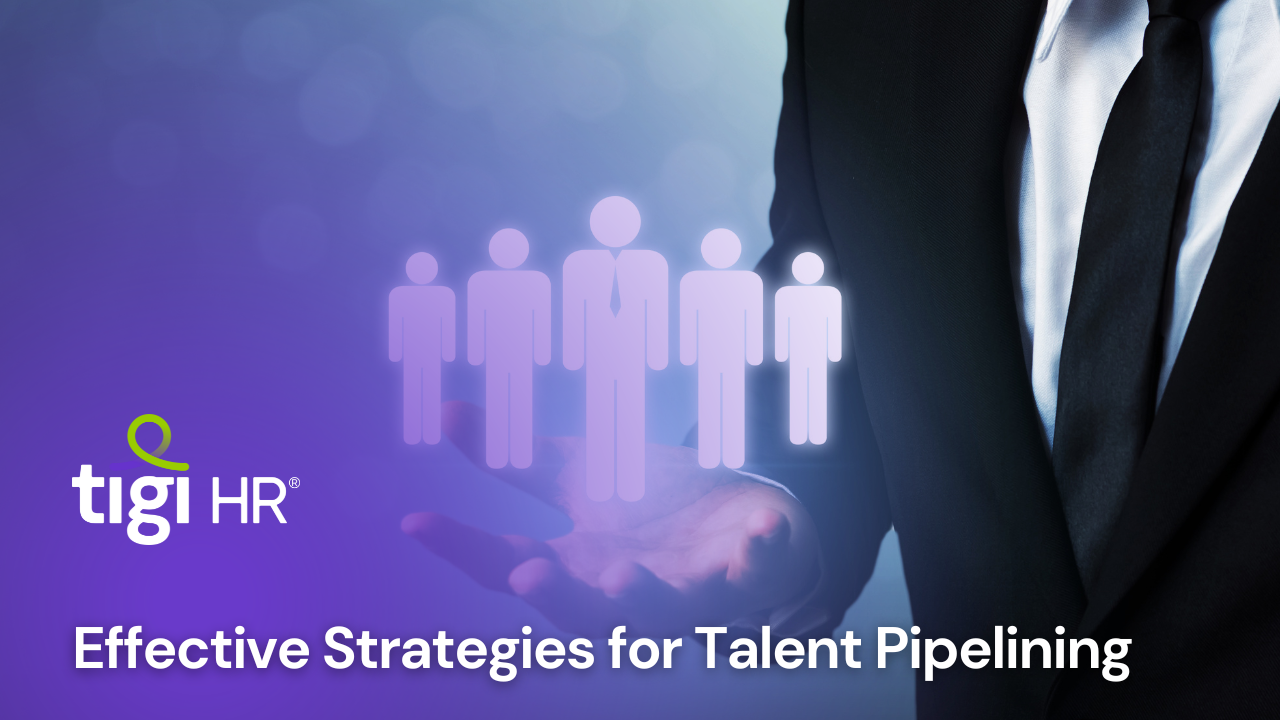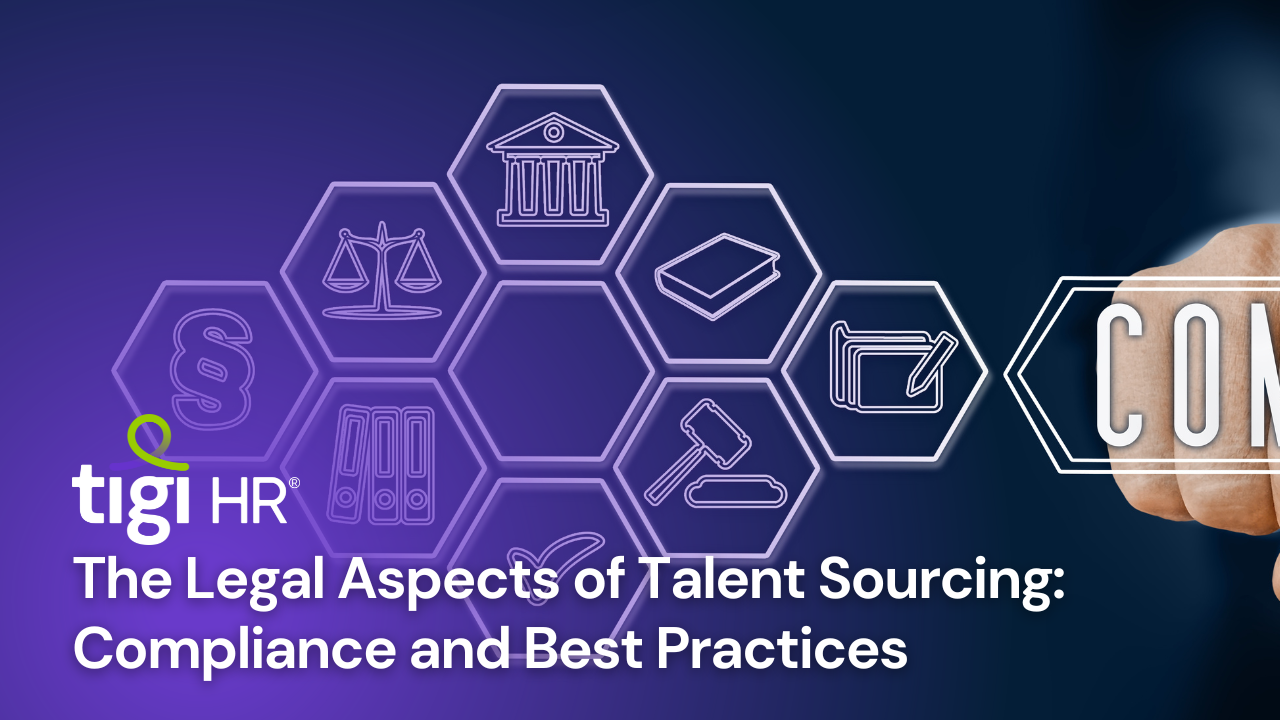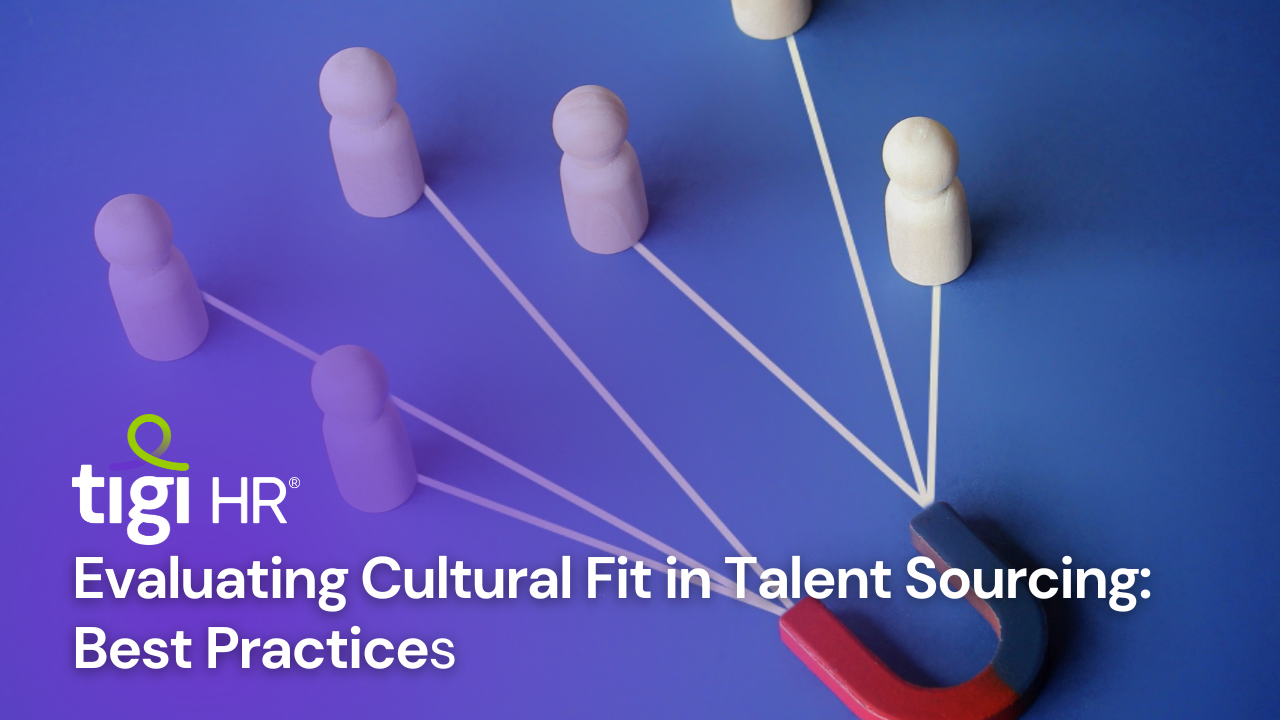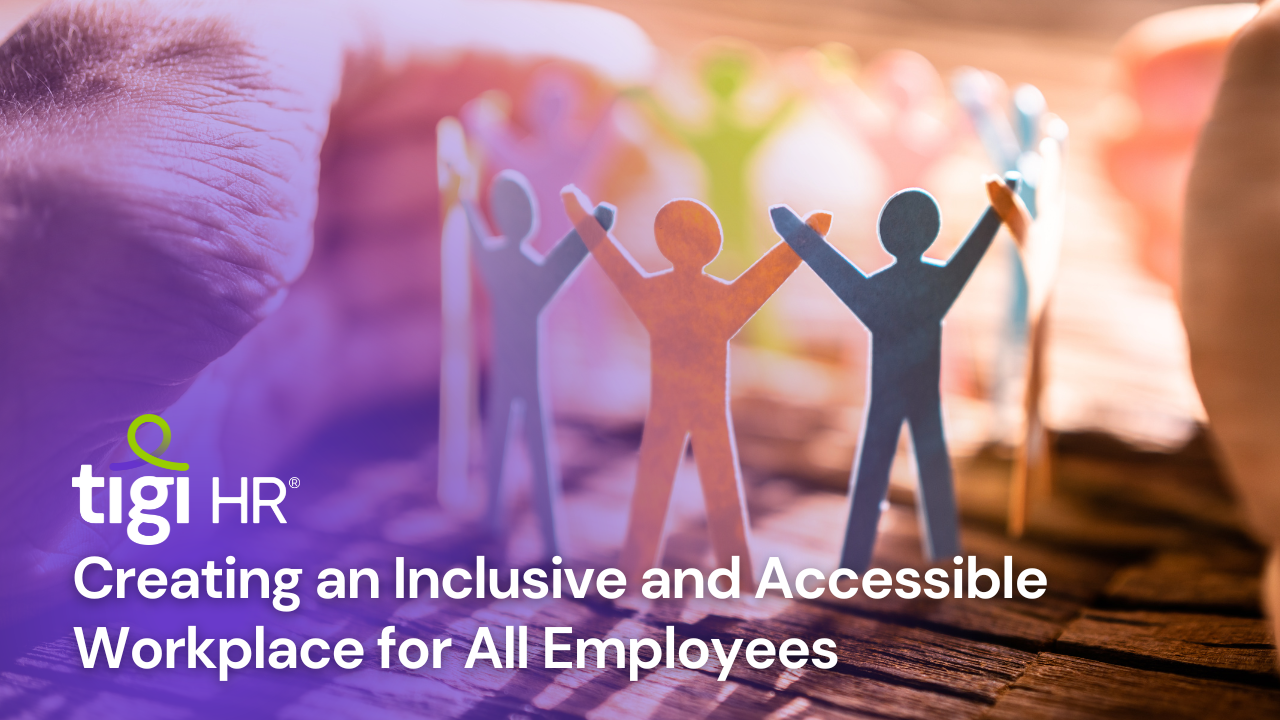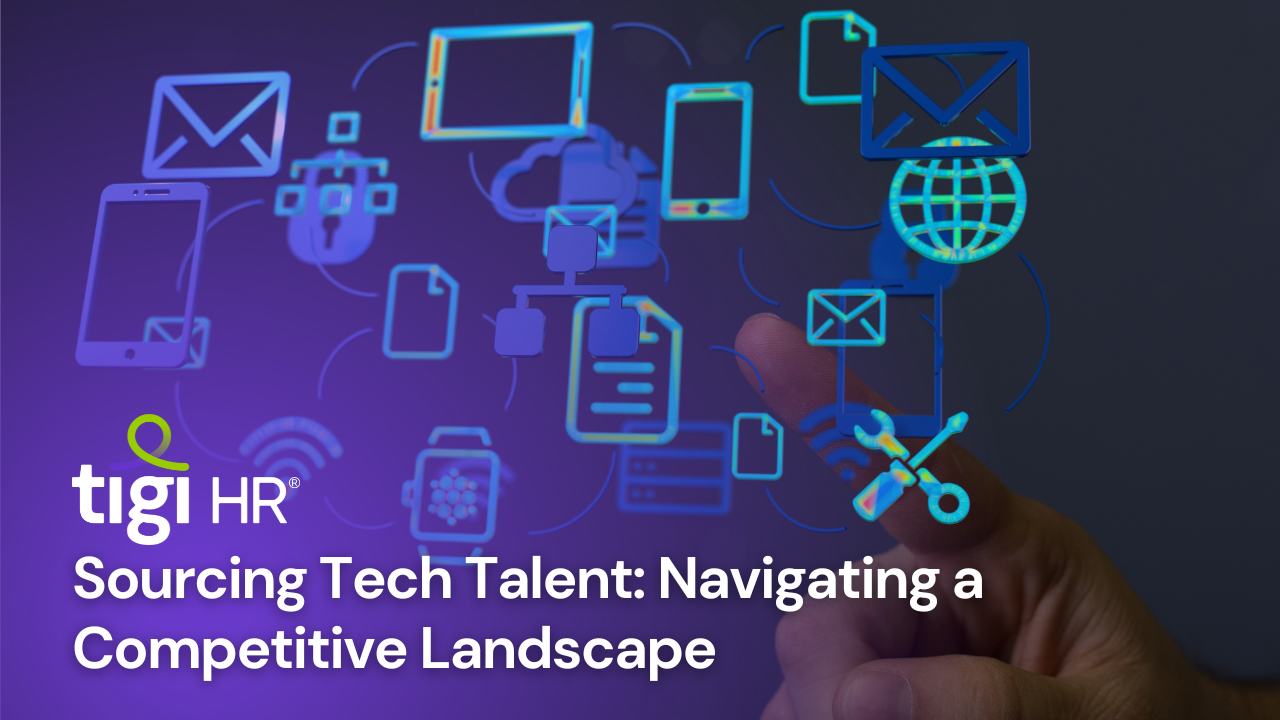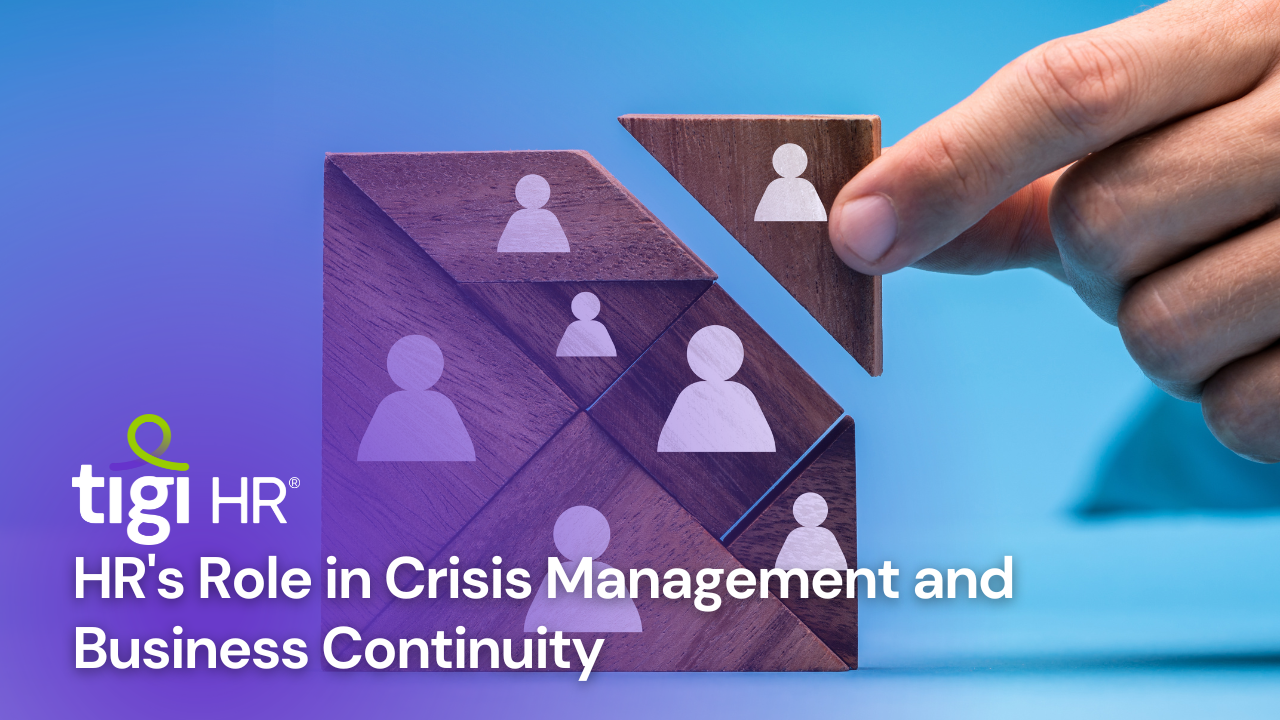In the competitive job market, talent pipelining stands out as a proactive strategy. This approach involves cultivating a pool of potential candidates for future roles, enhancing an organization’s agility in recruitment. By focusing on building relationships, creating a candidate database, and investing in skills development, talent pipelining ensures a continuous flow of quality hires. This approach not only reduces hiring time but also strengthens employer branding, making it a vital strategy for future success.
Author: TIGI HR
The Legal Aspects of Talent Sourcing: Compliance and Best Practices
Legal compliance in talent sourcing is a strategic necessity. From employment laws to equal opportunity and data protection, organizations must navigate complex regulations to ensure fair and ethical hiring practices. Diversity and inclusion, affirmative action, and international hiring further enrich the talent pool. To succeed, organizations must combine legal diligence with a commitment to creating diverse, innovative, and compliant workplaces
Navigating HR Challenges in a Post-Pandemic World
Post-pandemic HR: Navigating Remote Work, Well-being, and Diversity. As we emerge from COVID-19, HR faces new challenges.
Evaluating Cultural Fit in Talent Sourcing: Best Practices
Evaluating cultural fit in talent sourcing is vital for building successful teams and organizations. Striking a balance between skills and alignment with an organization’s values is essential. Challenges such as biases and diversity considerations must be navigated. In an evolving work landscape, adapting to remote work environments and redefining cultural attributes are key. Fostering inclusivity while preserving core cultural values is the path to long-term success.
The Art of Passive Candidate Sourcing: How to Woo Top Talent
In the competitive world of talent acquisition, mastering passive candidate sourcing is vital. Understanding the unique mindset of passive candidates and crafting irresistible job descriptions can draw in top talent. Leveraging employee referrals, building a strong employer brand, and utilizing social media are key tactics. Recruiters, armed with personalization and technology, play a central role in engaging with passive candidates effectively. These strategies, together with inbound recruitment marketing, form a comprehensive approach to attract and engage top talent.
Talent Sourcing in a Post-Pandemic World: New Realities and Strategies
In the post-pandemic world, talent sourcing demands agility and innovation. Remote work, virtual interviews, and global talent pools are now the norm. Employers are redefining their recruitment strategies to adapt to the evolving landscape. Key aspects include data analytics, reskilling, and a strong employer brand. In a competitive market, agile recruitment strategies are paramount for success.
Creating an Inclusive and Accessible Workplace for All Employees
Embracing Diversity: Building an Inclusive and Accessible Workplace” is a journey towards a more innovative and thriving workplace. With a diverse workforce, bias awareness, and accessible spaces, it fosters inclusivity. Open communication, Employee Resource Groups, and continuous education create an empathetic environment. Equal opportunities, leadership commitment, and flexibility enhance accessibility. Going beyond the workplace, it encourages community involvement. Embrace diversity for success.
Talent Sourcing Platforms: Choosing the Right Tools for Success
In the contemporary realm of recruitment, finding and securing top talent has become an arduous task. However, the emergence of talent sourcing platforms has fundamentally transformed the way companies approach hiring. These platforms, leveraging advanced technology and data analytics, offer a myriad of benefits, from expanding the candidate pool to streamlining the recruitment process. But in a market flooded with options, the critical question arises: How does one select the most suitable platform for their organization?
The answer lies in a strategic approach. Understanding the organizational needs, assessing technological capabilities, evaluating user experience, considering integration possibilities, and reviewing platform reputation are key elements in making an informed decision. From established names like LinkedIn Talent Solutions and Indeed to more specialized tools like Greenhouse and SmartRecruiters, each platform presents distinct features tailored to diverse recruitment needs.
As technology continues to evolve, the future of talent sourcing platforms holds promising developments. With AI-driven candidate matching and a heightened focus on remote work scenarios, these platforms are set to revolutionize the way businesses connect with talent worldwide. Choosing the right platform isn’t just about filling vacancies; it’s about creating a streamlined, efficient, and cost-effective recruitment strategy that fuels an organization’s success in a fiercely competitive market.
Sourcing Tech Talent: Navigating a Competitive Landscape
In the competitive world of tech talent acquisition, employers must adapt and innovate. The demand for skilled professionals is on the rise, driven by rapid technological advancements. Online job boards, social media, employee referrals, and diverse workforces play pivotal roles. Leveraging university partnerships and embracing remote hiring expand horizons. Statistics underscore the importance of these strategies, emphasizing the global nature of tech talent sourcing.
HR’s Role in Crisis Management and Business Continuity
This article highlights HR’s often-underappreciated yet indispensable role in managing crises and ensuring business continuity. From crisis preparedness to facilitating remote work and fostering employee well-being, HR serves as a linchpin in maintaining organizational resilience. Understanding their vital functions is essential for organizations seeking to navigate challenging times and emerge stronger.


